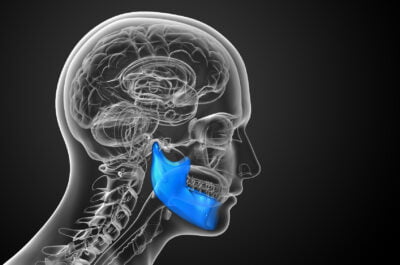
At the Yuba City Dentistry Group, we believe that dental implants are the best potential replacement for a lost permanent tooth. In some cases, your dentist may recommend using a bone graft prior to placing an implant.
What Is Bone Grafting?
Bone grafting is the procedure of using bone material to build up your jaw bone.
Grafting material may take the following forms:
- Autograft: This type of graft is removed from your own body – most often from another part of your jaw, your hip, or the tibia (the bone below the knee).
- Allograft: This is human bone that came from a deceased donor, by means of a tissue bank.
- Xenograft: This bone material is harvested from an animal, typically a cow.
- Alloplast (synthetic): This type of graft is composed of man-made materials.
These materials are processed in a special laboratory to make them sterile and safe. Bone graft material takes a variety of forms, including powder, granules, putty, or even gel that is injected with a special syringe.
Why Is Bone Grafting Necessary?
Bone grafting is a very common procedure, and is often used in connection with dental implants. A bone graft may be used to fill in the hole left by a pulled tooth, and is especially encouraged when the outer wall of bone is very thin (or is too soft). The bone graft hopefully preserves the bone mass and prevents the bone from shrinking.
The Procedure
First, a small incision is made in your gum to expose the jaw bone. Next, grafting material is added. The graft often serves simply as a “scaffold” — your body deposits new bone cells around the graft. In time, the grafting material is absorbed by your body and replaced with your own bone cells.
Typically, the procedure for placing a bone graft only requires local anesthesia, and can be performed in a single visit. If you opt for an autograft, there will actually be two surgical sites – the area where the bone is harvested and where it is deposited. Any soreness experienced after surgery is managed with over-the-counter anti-inflammatory pain relievers, as well as ice therapy.
You will feel back to normal soon after your surgery; however, it may take your body a number of months for the bone to mature. Once the jaw is ready, it will be in prime position to support an implant that looks and feels just like a real tooth – and should last for the rest of your life.


